1.Why Streetlight Spacing Is Very Important For Urban Planning?
Title: Understanding the Importance of Street Light Spacing
Street light spacing may seem like a mundane detail in urban planning, but it holds significant importance for various reasons. People are curious about how far apart street lights should be for several compelling reasons.
First and foremost, safety is a primary concern. Adequate street lighting enhances visibility, reducing accidents and promoting a sense of security for pedestrians and drivers alike. Moreover, well-spaced street lights improve road navigation, particularly during inclement weather or in poorly lit areas.
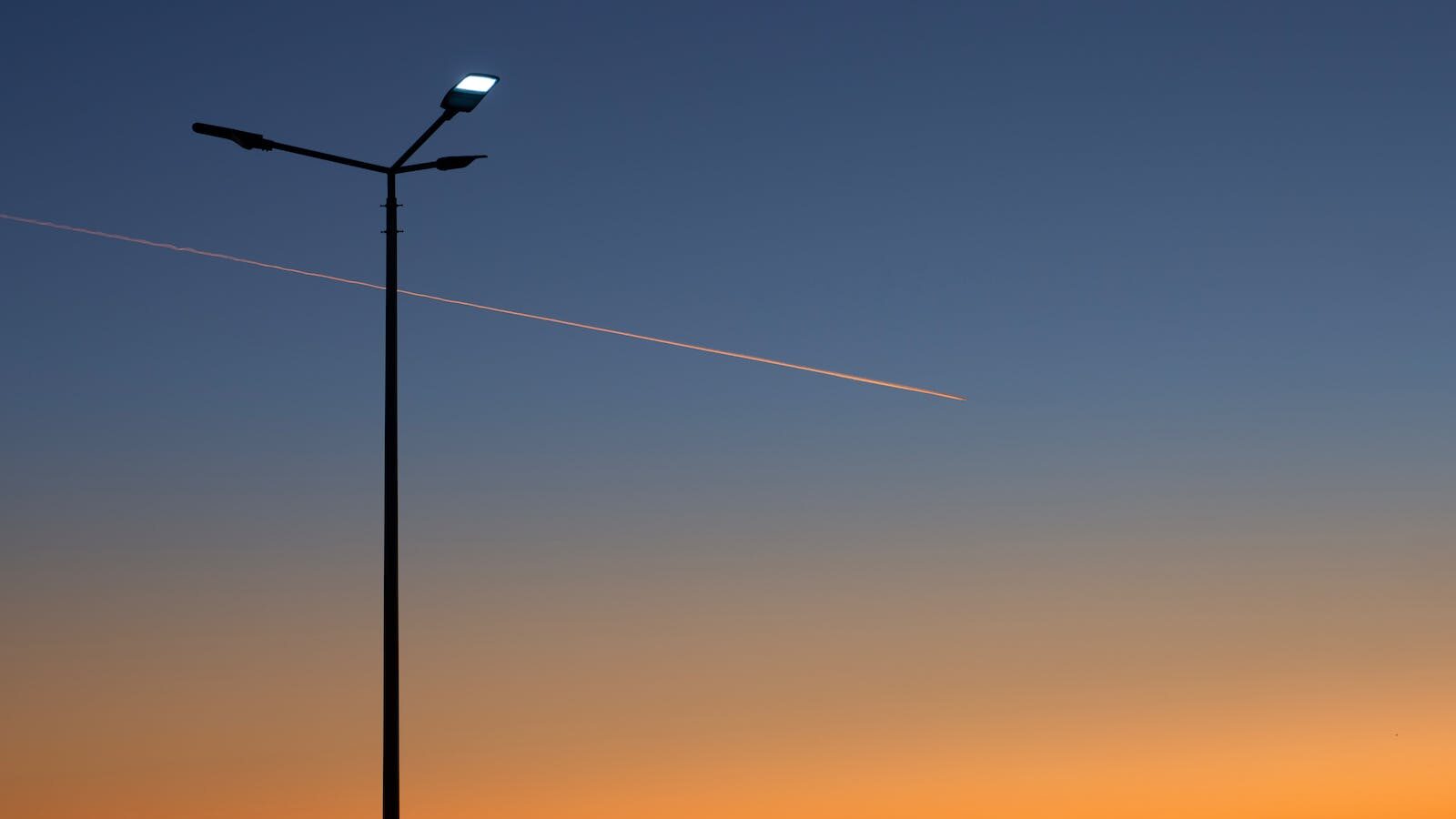
Energy efficiency is another critical factor. Proper spacing can optimize illumination while minimizing energy consumption and associated costs. As sustainability becomes a global imperative, knowing the ideal street light spacing contributes to greener urban environments.
Furthermore, aesthetics play a role. Thoughtful street light placement can enhance the character and ambiance of a neighborhood, making it more inviting and attractive to residents and visitors.
In essence, understanding the importance of street light spacing underscores our commitment to safety, sustainability, and the overall livability of our communities, making it a topic of genuine interest and inquiry.
2.How Far Apart Should Streetlights Be?
The ideal spacing between street lights can vary widely depending on several factors, including the following:
Road Type: The type of road or street plays a significant role in determining the spacing of street lights. Major highways and busy urban roads typically require more closely spaced lights compared to residential streets or rural roads.
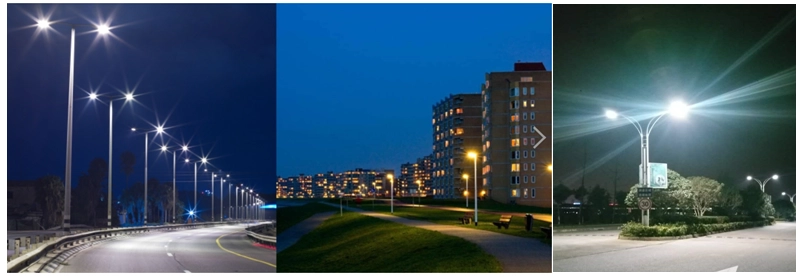
Illumination Level: The required level of illumination is crucial. High-traffic areas and pedestrian zones may need more lights spaced closer together to ensure adequate visibility and safety, while lower-traffic areas may have greater spacing.
Local Regulations: Local government or municipal regulations often dictate specific spacing requirements for street lights. These standards are established based on safety, engineering, and aesthetic considerations and can vary from one jurisdiction to another.
Lighting Technology: The type of lighting technology used can influence spacing. LED street lights are energy-efficient and can provide better illumination, allowing for wider spacing compared to older technologies like high-pressure sodium lamps.

Environmental and Light Pollution Considerations: Some areas prioritize reducing light pollution, which can disrupt wildlife and affect stargazing. In such cases, wider spacing or the use of shielded lights that direct illumination downward may be preferred.
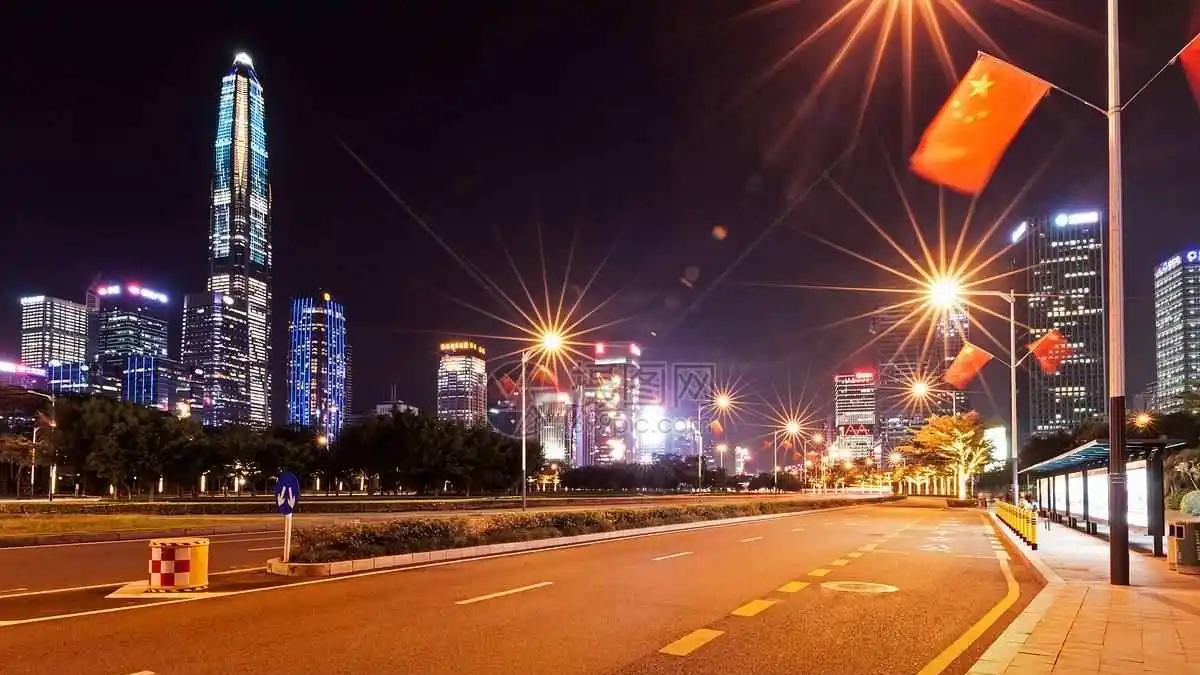
Safety: The primary objective of street lighting is safety. Spacing should be designed to ensure that roads and pathways are adequately lit for drivers, pedestrians, and cyclists to navigate safely, especially at night or during adverse weather conditions.
To determine the specific spacing between street lights for a particular project or area, it’s essential to consult with local authorities, engineers, and lighting designers who can assess the unique needs and requirements of the location. They can conduct photometric studies and calculations to determine the optimal spacing and lighting design to achieve the desired level of illumination and safety. The spacing can vary from 100 to 150 feet (30 to 45 meters) or more in urban areas but may be wider in rural settings.
3.What Are The Recommended Pole Distance For Streetlights?
The recommended pole distance for streetlights, also known as pole spacing or luminaire spacing, can vary depending on several factors, including road type, lighting design standards, and the desired level of illumination. While there isn’t a universal one-size-fits-all answer, here are some general guidelines for recommended pole distances for streetlights:
Urban Roads and Highways: In urban areas and on major highways, where higher levels of illumination and safety are required, streetlight poles are often spaced more closely together. Typical pole distances for urban roads may range from 100 to 150 feet (30 to 45 meters) or even closer, depending on local regulations and lighting standards.
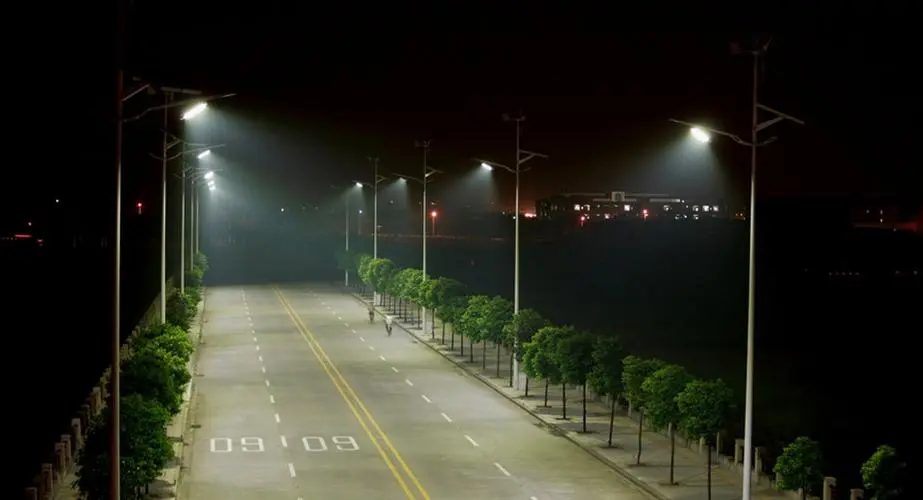
Residential Streets: In residential neighborhoods, where lighting needs may be lower, streetlight poles can be spaced farther apart. Pole distances for residential streets often range from 150 to 200 feet (45 to 60 meters) or more.

Pedestrian Areas: In areas with a significant pedestrian presence, such as sidewalks, crosswalks, and plazas, streetlight poles are typically spaced closer together to provide better visibility and safety. Pole distances in pedestrian zones may be as close as 50 to 100 feet (15 to 30 meters).
Rural Roads: On rural roads with lower traffic and population density, pole spacing can be wider. It’s not uncommon to see pole distances exceeding 200 feet (60 meters) on rural roads.

4.If The Pole Height And Pole Distance Can Not Be Changed, What Can We Do To Get Better Lighting Effect?
If you are unable to change the pole height and pole distance for streetlights but still want to achieve a better lighting effect, you can focus on optimizing other aspects of the lighting system. Here are some strategies to improve the lighting without altering the pole height or spacing:
Choose High-Quality Luminaires: Selecting high-quality lighting fixtures with efficient optics and light distribution patterns can help maximize the light output and coverage within the existing constraints.

Upgrade to LED Lighting: If not already in use, consider upgrading to LED streetlights. LED technology is more energy-efficient and provides better illumination compared to traditional lighting sources. It can often improve lighting levels without changing pole height or spacing.
Optimize Luminaire Positioning: Ensure that the luminaires are correctly positioned and aimed to direct light where it’s needed most. Proper positioning can help minimize dark spots and improve uniformity.
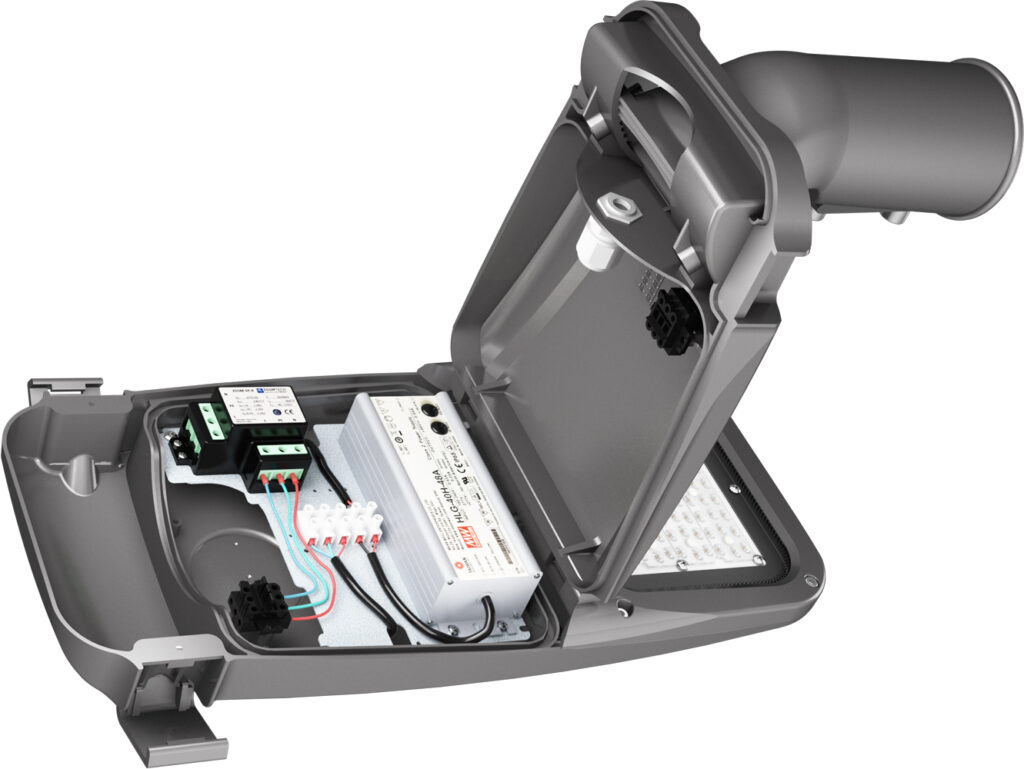
Use Smart Lighting Controls: Implementing smart lighting controls, such as dimming or adaptive lighting systems, can help optimize the lighting levels based on time of day, traffic patterns, and other factors. This can reduce energy consumption while maintaining safety.
Consider Light Shields or Reflectors: Light shields or reflectors can be added to luminaires to control light spill and direct more of the light onto the roadway or area that needs illumination.
Regular Maintenance: Ensure that the streetlights are well-maintained. Cleaning the fixtures and replacing any malfunctioning components, like burned-out bulbs or damaged lenses, can significantly improve lighting performance.
Use Light Color Temperature Wisely: Choose the appropriate color temperature (warm or cool white) for the lighting based on the specific needs of the area. Warmer color temperatures may be preferred for residential areas, while cooler temperatures can be more suitable for highways.
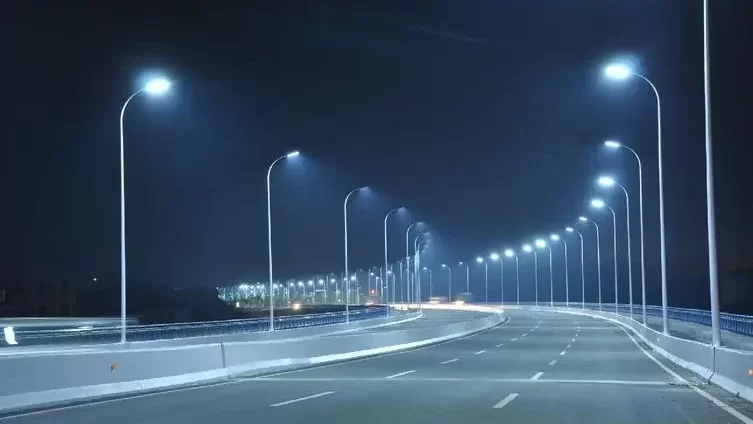
Implement Light Management Plans: Develop a comprehensive lighting management plan that considers factors like lighting levels, uniformity, and safety. Regularly review and adjust the plan as needed.
Community Engagement: Involve the local community and gather feedback on lighting quality. Community input can help identify specific problem areas and inform lighting improvements.

Consider Supplementary Lighting: In areas with particularly challenging lighting conditions, consider supplementary lighting options such as ground-level lighting, pedestrian-level lighting, or additional signage to enhance safety and visibility.
While changing the pole height and distance is often the most effective way to optimize street lighting, these strategies can help you make the most of your existing infrastructure and achieve better lighting results within the given constraints. Consulting with lighting professionals and local authorities can also provide valuable insights and guidance for improving the lighting effect in specific situations.
5.Amber Lighting Can Help You With All Lighting Projects.
Amber Lighting, a leading professional streetlight manufacturer, is your trusted partner for all your outdoor streetlight endeavors. With a commitment to excellence in design and promotion, we offer a wealth of expertise to illuminate your projects. Our cutting-edge solutions are tailored to meet your specific needs, ensuring energy efficiency, safety, and aesthetics. Whether it’s urban streets, residential areas, or pedestrian zones, we provide innovative lighting designs that enhance your surroundings. Partner with Amber Lighting to brighten your world, one streetlight at a time. Your vision, our illumination – together, we light up the future.
